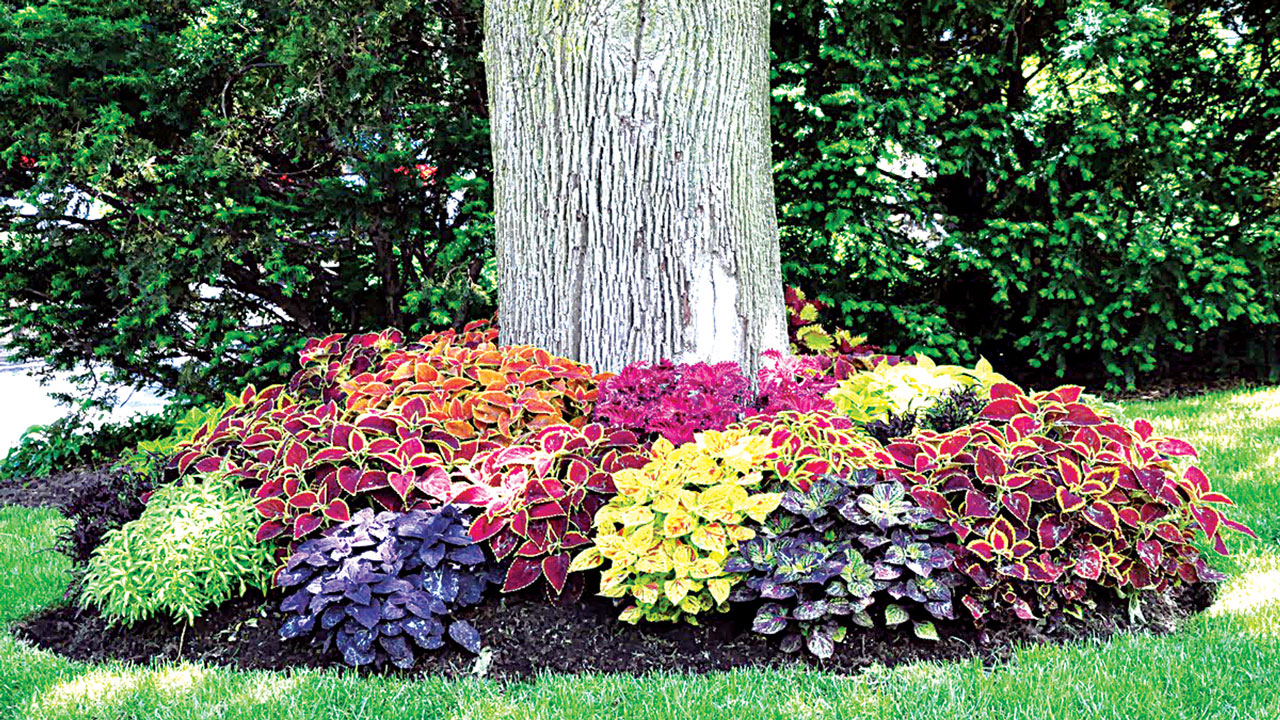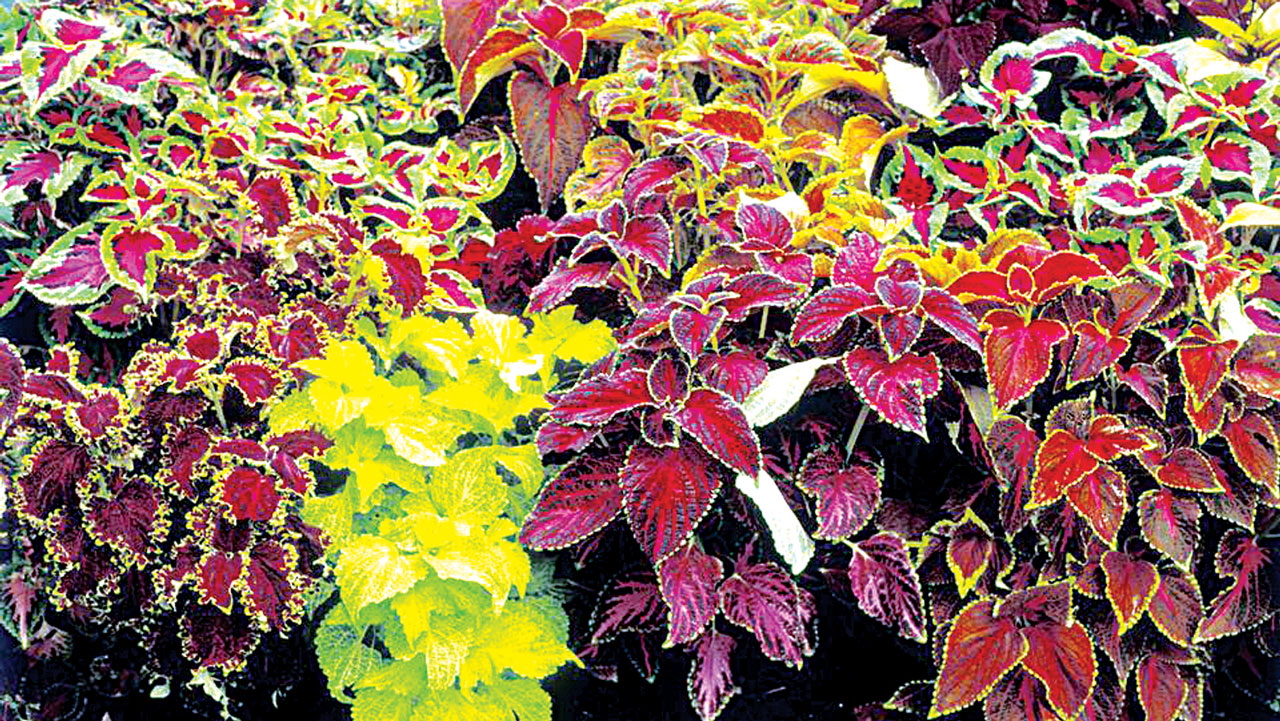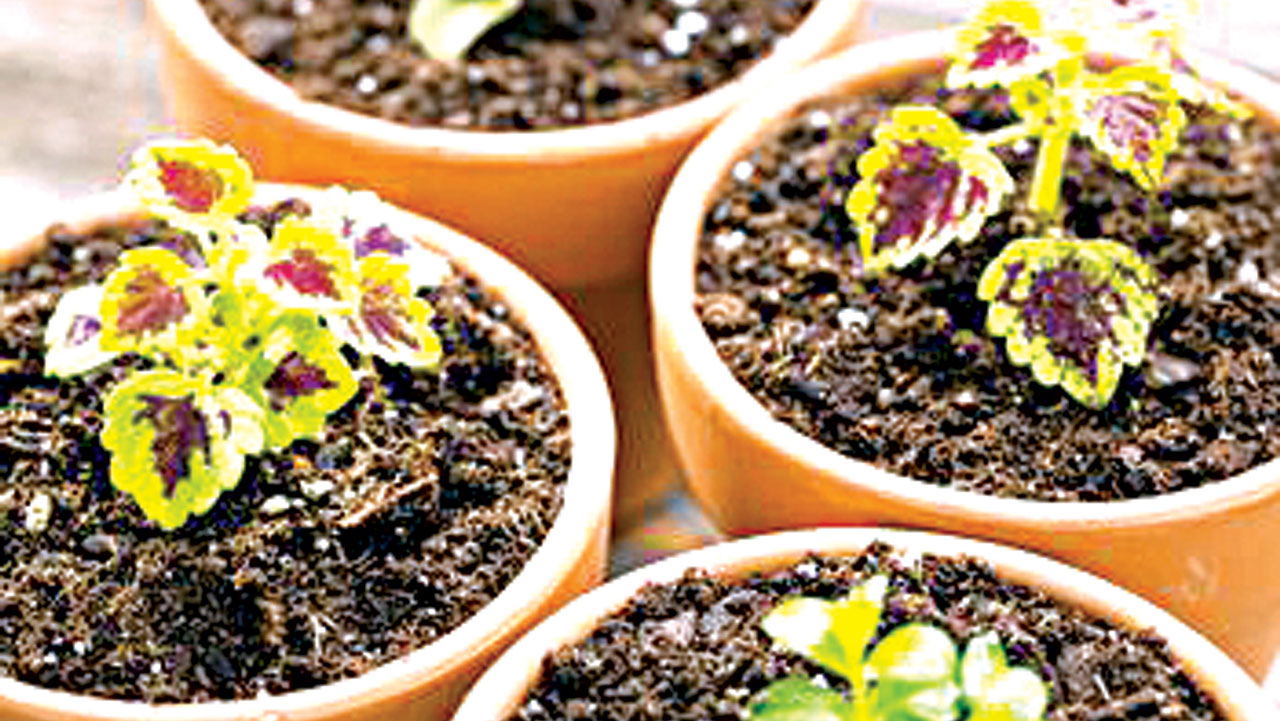Coleus in contemporary gardens
Coleus are one of the rare plants that are grown almost exclusively for colorful foliage. In this regard, they’re like crotons, but they’re smaller and perhaps somewhat easier to grow inside. Coleus is one of the easiest plants to grow whether for indoor garden or outside. Coleus are truly in their glory in masses in borders outdoor. Many gardeners began growing with Coleus and went on to collect them because of the more and more leaf color combinations and plant sizes discovered. Coleus was first popular for its ability to grow in shade gardens. To grow Coleus outside consider part sun or part shade locations and avoid hot afternoon sun. Coleus plants mix well with other shade loving annual plants such as impatiens, and wax begonias. Very tall varieties can be focal point in the garden or a collection at the back of a planting back of a planting bed. Their leaves are available in green, purple, orange, red, yellow, and in a striking array of patterns.
COLEUS INDOORS
Coleus make great container plants.
Coleus are also fun plants to propagate; new plants grown from seed will be new creations.
Although directions are given to grow them year-round, coleus are often grown as annuals and discarded once they become leggy.
Growing Conditions
Light: Bright light, avoiding direct midday sunlight. Too much sun will wash out the colors in their leaves.
Water: Keep soil continuously moist throughout the year. High humidity is preferred.
Temperature: Above 60 F is prefered.
Fertilizer: Feed with slow-release pellets or weekly during growing season with weak liquid fertilizer.
Propagation
Propagating Coleus plant is easy which is another reason why gardeners love them.
Propagate by cuttings or seed. Take cuttings, then root the stems in light soil or water. Cuttings will be identical to the parent plant, but newly seeded plants will be variable. Plants grown for propagation, however, generally do not look as good as ones grown exclusively for their foliage. The energy of flowering usually saps the plant of some vitality, which is why many growers pinch off flowers.
Repotting
A large coleus will reach only 2-3 feet. They grow rapidly, but many people treat them as annuals , so they never bother repotting the plant. If you choose to grow coleus for more than one season, you might consider trimming the plant back after the season, refreshing the soil, and keeping it in the same pot.
Alternatively, go up one pot size.
Varieties
There are actually about 60 species of coleus, all native to Asia and Malaysia, Africa, . However, virtually all of the coleus available are derived from the single C. Blumei species, crossed with a few other species. Hybridizing work within this group has been extensive—-there are literally hundreds, if not thousands of cultivars. Buy a coleus for its leaves and don’t worry too much about its parentage.
Grower’s Tips
Growing coleus indoors is definitely possible, providing you give it enough moisture, heat and humidity. If the plant goes into flower, snip off the unremarkable flowers to encourage vitality, and pinch off growing tips to encourage bushiness. Coleus tend toward little legginess, so they are best used in displays with other coleus or with other plants. If the plant starts to loose its leaves, it’s probably too dark or cold. If the color washes out, it’s probably getting too much sun.











0 Comments
We will review and take appropriate action.